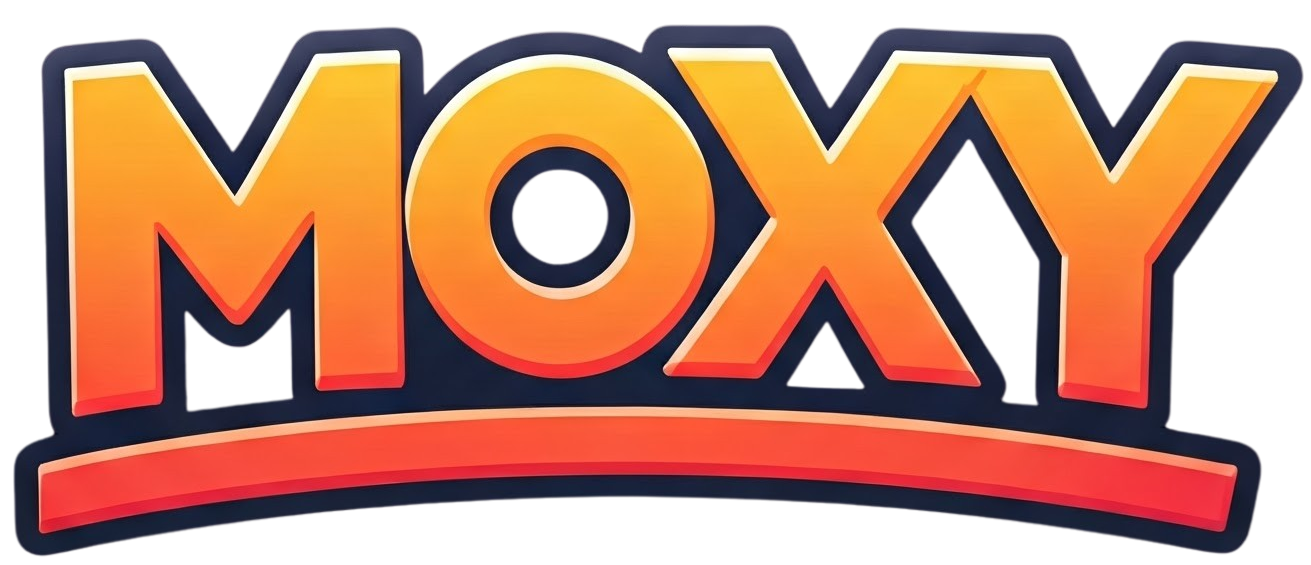Gamification has made the mundane a wellspring of enjoyment and reward. By introducing game-like activities, rewards, and interaction visuals, gamification transforms chores such as learning and exercise from a task into an adventure. The power of gamification is in tapping into that inner drive to achieve and be victorious, making experiences pleasurable and, at the same time, very effective.
Why Gamification Works
Gamification basically works on the psyche of human beings. The satisfaction or reward one receives when he/she has accomplished something-a challenge-just triggers dopamine, the “good-feeling” hormone. This reinforcement keeps users motivated to do more. For instance, fitness apps have daily step goals; every time the goal is achieved, it gives a badge. Similarly, educational platforms create leaderboards and virtual trophies celebrating progress, which in turn creates a sense of pride and accomplishment.
Gamification in Education
Gamification has brought in the spirit of fresh air in conventional teaching in the classroom. Some of the digital tools, like Kahoot! and Quizizz, allow turning lessons into online quizzes and therefore provide a healthy competitive atmosphere. They have proved to be very successful in maintaining the interest of students in virtual learning environments or even hybrid learning.
Beyond the quizzes, gamified learning platforms like Duolingo integrate storytelling and game mechanics where completing lessons unlocks new levels and achievements. This format has not only bettered the language skills but also inculcated a habit of consistent learning. Teachers report that these tools help students retain information better because they associate learning with positive emotions.
Gamification in Fitness
Within the field of fitness, gamification has been a godsend. Applications like Strava and MyFitnessPal track progress, let users compete with friends, and even provide rewards for hitting goals. Such features create accountability from users and make the process of being fit even more enjoyable, for people who are not naturally motivated.
Games such as Ring Fit Adventure and virtual systems like Zwift push it up a notch in mingling games and exercise together. With Zwift, one gets to ride on virtual courses competitively against other people all over the world. It creates communities, hence making working out something of enjoyment instead of a task.
Technology has continued to blur the lines of reality versus gameplay. Through augmented and virtual reality, people engage in the most fantastic gamified worlds to make an activity like exercising or learning even more appealing. Visualize an exercise app that enables one to box with a virtual opponent, or imagine learning about the solar system inside VR.
Simple tools, such as photo background remover , also play their part in allowing users to tailor-make their experiences more game-like. You might, for instance, use such a tool in making an avatar to participate in a virtual fitness challenge, setting yourself in imaginative settings for the view to be more visually appealing.
Gamification Beyond Education and Fitness
The principles of gamification aren’t limited to classrooms and gyms-their influence has bled into how we reconsider productivity and mental health, and even the way we shop. Habit-tracking apps like Habitica turn the most banal daily tasks into some sort of role-playing game, while platforms like Calm and Headspace gamify mindfulness with progress trackers and milestones.
Brands are also jumping onto the gamification bandwagon to increase customer engagement. Loyalty programs doling out points and rewards for purchases or participation have become the norm; hence, making shopping more interactive and rewarding for customers.
One of the most striking usages of gamification in education is Prodigy, a mathematics-learning game. Prodigy’s game-based structure, solving equations, converts into a quest wherein students defeat monsters and therefore get rewards; this has actually improved math proficiency and even made the subject enjoyable for kids previously struggling with the subject.
Peloton uses gamification along with community incorporation through the use of leaderboards, badges, and live competitive classes in fitness. It allows users to race against friends or strangers in real time to add a social dimension to working out.
The Challenges of Gamification
Of course, gamification does not make smooth sailing. Sometimes, too much stress on rewards conceals intrinsic motivations to engage in an activity. A student might, as a result of this, have more interest in badges rather than learning the concepts. Equally possible: in fitness, people would chase after points or ranking instead of improvements in health.
What will make gamified experiences meaningful and impactful for the long term is a balance of extrinsic rewards with intrinsic value.
The Future of Gamification
Going forward, gamification will only continue to evolve into further immersion and personalization. Thanks to the development of AI, it’s possible for gamified platforms to adapt themselves to the liking of each individual and create specific challenges and rewards for the users. AR and VR will enable users to plunge into those worlds created by gamification, be it virtual classrooms or virtual fitness adventures.
As gamification continues to be adopted in industries, there is no limit to the potential for increasing engagement, motivation, and overall wellness. The magic lies in a thoughtful use that enhances experiences and is not merely aimed at providing quick fixes.
Gamification has changed the way we learn, exercise, and even live. Blending fun with purpose, it enables us to tackle challenges, achieve goals, and embrace new experiences with enthusiasm. Whether you are creating a personalized avatar using a photo background remover or completing a virtual marathon, gamification offers an endless array of ways to make life more interesting.
As this trend continues to evolve, it will go a long way in opening up new possibilities of growth and connection. Indeed, a little play can go a long way.



